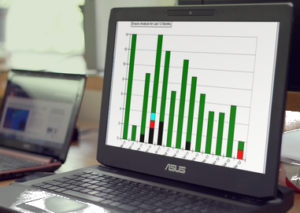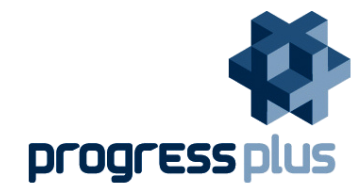 How do you improve production planning? Production planning critically enables a business to balance capacity with demand so maximising its potential by using the most effective process and managerial operations, with a strong workforce, robust controls, happy customers and optimal profits. This is achieved through streamlining costs, process times and key resources as diverse as raw materials, staffing and product delivery. Understand production capacity, with an appropriate management structure at every level that recognises potential change and strong communication, and that business will succeed.
How do you improve production planning? Production planning critically enables a business to balance capacity with demand so maximising its potential by using the most effective process and managerial operations, with a strong workforce, robust controls, happy customers and optimal profits. This is achieved through streamlining costs, process times and key resources as diverse as raw materials, staffing and product delivery. Understand production capacity, with an appropriate management structure at every level that recognises potential change and strong communication, and that business will succeed.
There are several distinct elements to successful production planning:
Understand the process steps
To improve production planning, production capacity must be measured, tracked and documented based on past performance, present needs and future demands. This must include, for effective planning to meet future market demands, accurate measurement of current resources such as machinery, raw materials and staffing. Production analyses should determine production steps, enable a process ‘roadmap’ to be created, and be available to key staff at relevant levels of the business.
Processes should be logged in the right order, allowing for average timings and the likelihood that things might not happen in sequence. Road mapping identifies the entire process and useful techniques such as standardisation, waste resource identification, and efficiency principles such as ‘lean manufacturing’.
To improve production planning you must forecast key elements before production begins to ensure a smoother process and include:
- material ordering,
- equipment,
- staffing levels and training,
- problem identification (such as delays, equipment failures and cancellations) and risk factors (such as resource and staffing problems) that would lead to work being rescheduled.
Define and develop key requirements
Having assessed production capacity, the next step is ‘how to get there’. This involves key resources such as (but not limited to) staffing, raw materials, equipment and machinery, transport and waste management. As production steps are defined, plans need to meet these with the most efficient methods.
Using ‘open time’, the time cushion permitted to elapse between steps, assists the smooth flow in production. Successful planning enables open time to be built in and managed so it’s not inefficient but ensures optimal working capacity is reached in all areas without being exceeded. Successful businesses never plan to work at full capacity and always leave space for unforeseen changes that will inevitably occur.
Changes to processes must be documented, reviewed, communicated, implemented and monitored – e.g. fluctuating customer demands and market trends will affect staffing, materials, machinery, and so production capacity must be changed accordingly.
Understand the whole process
Understanding the complete business process is critical, including the suppliers, the involvement of other manufacturers, distributors, suppliers and the bearing they have on processes. Accurate planning and scheduling of the supply chain is crucial to ensure maximum efficiency of the management of finance and materials. Evaluate these by collecting historical information on similar work experiences, detailing the actual time, materials and failures encountered. Where risks are significant, conduct a failure mode effect analysis (FMEA) and ensure that controls eliminate or minimize them. FMEA, more common in manufacturing and assembly businesses, enables study and determines ways to diminish potential problems within the business operations.
Use professional business systems
ProgressPlus Production Control System is specifically designed for process management and enables rapid problem identification, assessment of potential impact, and remedial action by altering inventories and schedules. This has a vast impact on overall process efficiency but any implementation of new technology must follow a staff consultation and training, with continuous feedback gathered to ensure it’s the best solution for the company.
Production control software greatly assists advanced planning, administration, inventory control, and information flow, achieving clear communication channels between a business and other parties involved from suppliers to manufacturers, distributors, sub-contractors and points of delivery where products will reach customers.
Improve production planning
Production plans differ in different industries with specific production methods ranging from single item manufacturing to continuous, batch and mass production. What’s important is that each business has a specific plan for their planning horizon that’s both robust and flexible for the inevitable changes that will occur.
If you are looking to improve production planning contact Berkeley Myles Solutions for a demo of ProgressPlus. It will last no longer than 30 mins.

